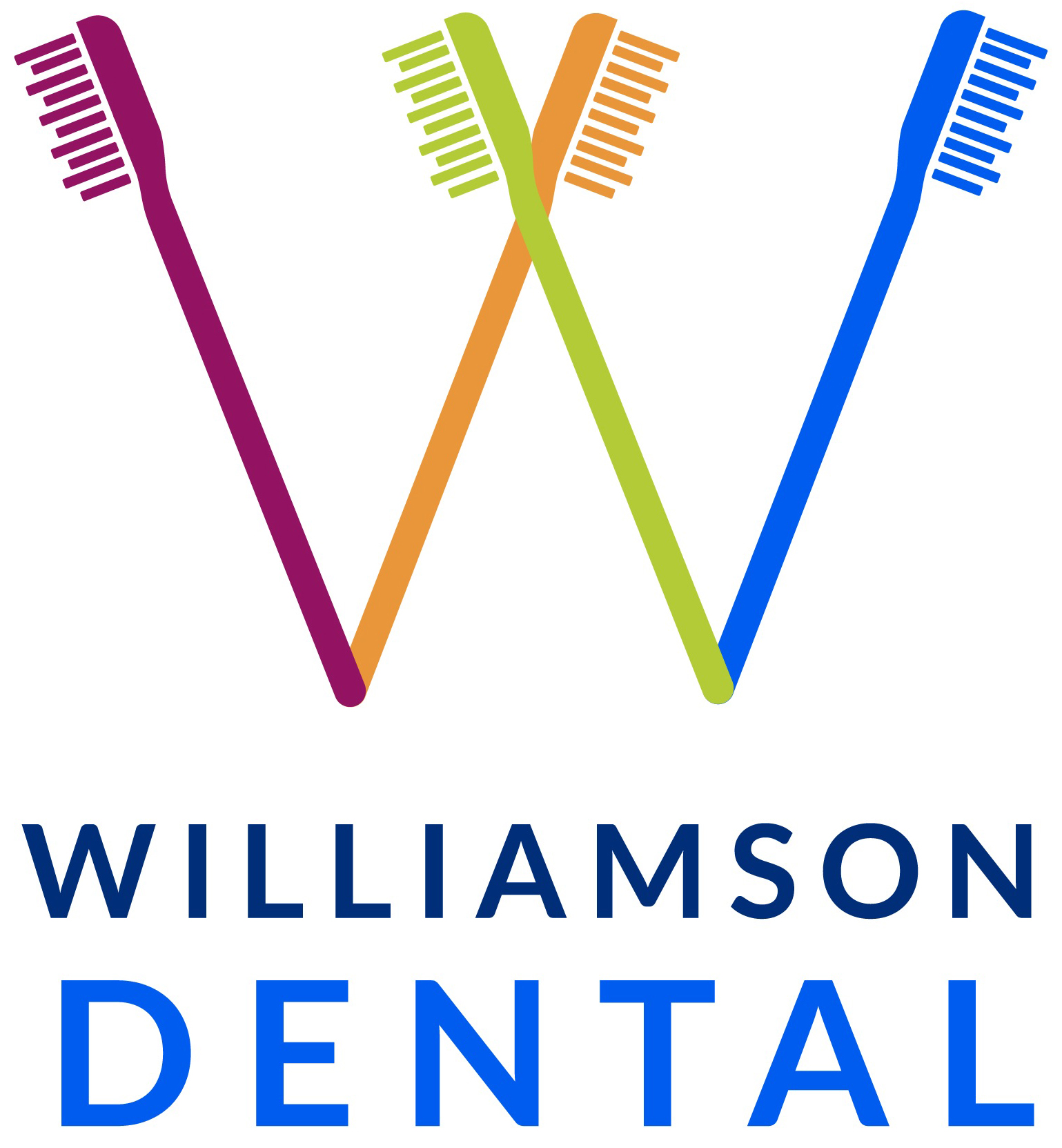Sedation dentistry is a very complex subject. So complex, that there have been many misconceptions about them making the rounds online or through word of mouth.
The problem is these myths can be extremely misleading, and even prevent people from making an informed decision.
Here are 5 of the most common myths about dental sedation, and the truth about them.
- SEDATION IS DANGEROUS
Sedation can be dangerous, just as any drug or procedure can be if it’s misused or administered by unqualified people.
But the sedation you get at the dentist’s office is perfectly safe. First, your dentist is properly trained to give you your sedative and will monitor you throughout the entire procedure. Not to mention, the choice in sedative is only made once they review your medical history.
- SEDATION IS FOR EVERYONE
No, sedation may not be for everyone. There are actually multiple types of sedation:
- Laughing gas
- Oral conscious sedation
- IV sedation
- General anesthesia
The dentist may recommend a type of sedation based on:
- The procedure that you need
- Your medical history and current health
Even laughing gas, the mildest type of dental sedative is not for everyone, since there are people allergic to it.
When choosing sedation, the dentist will carefully review your case, and if sedation is not an option at all, they will recommend a different treatment plan.
- SEDATION MAKES YOU FALL ASLEEP
The only type of sedation that makes you fall asleep is general anesthesia.
Laughing gas will make you relaxed and slightly giggly. With oral conscious and IV sedation, you can fall asleep, but this is because they cause profound relaxation and are not a direct effect of the medications.
- SEDATION IS ONLY NECESSARY FOR LONG AND COMPLICATED PROCEDURES
Yes, a very lengthy procedure or a complex one may require sedation, but you can use it for routine appointments as well.
For instance, people battling dental anxiety will require sedation to become more relaxed and allow the dentist to take care of their oral health. Other patients who have certain disabilities and can’t sit still or remain seated for extended periods may also require sedation.
So in some cases, it’s not simply about pain – it’s about helping people get a dental exam without anxiety or discomfort.
- CHILDREN SHOULD NOT BE SEDATED
In some cases, children will also have to be sedated. The most common type of sedative used for children is laughing gas since it’s mild and very unlikely to cause side effects. Experts deem it perfectly safe for children.
But as with adults, the dentist will only recommend sedation if truly necessary and review the child’s health to determine which type is best for them.
Overdue for a dentist appointment? Dr. Nathan Williamson is at your service! Contact our dentist office in Columbia IL or our dentists in Festus MO today to schedule an appointment.

